Oxidized Glutathione (GSSG) Content Assay Kit
Note: Take two or three different samples for prediction before test.
Operation Equipment: Spectrophotometer/microplate reader
Catalog Number: BC1185
Size:100T/96S
Components:
Reagent I:100 mL×1. Storage at 4℃. Reagent II: 130 μL×1. Storage at 4℃. Reagent III: 20 mL×1. Storage at 4℃. Reagent IV:2.5 mL×1. Storage at 4℃.
Reagent V: Powder ×1. Storage at 4℃. Dissolve with 2.5 mL of distilled water when the solution will be used, then split into smaller packages, store at -20℃.
Reagent VI:12.5 μL×1. Storage at 4℃. Prepare Reagent VI and distilled water according to the sample size at the ratio of 1:20 (V: V) before use.
Standard: Powder 10 mg×1. Storage at 4℃.
Product Description
Oxidized Glutathione(GSSG) is an oxidized form of glutathione (GSH), also known as dithioneglutathione, formed by the oxidation of two molecules of glutathione. GSSG is reduced to GSH by glutathione reductase, so most of the body is in the reduced form. The determination of GSH and GSSG content and ratio of GSH/GSSG in cells can reflect the redox status of cells. This kit utilizes reaction of glutathione and 5, 5′-dithiobis-2-nitrobenoic acid (DTNB) to produce 5-thio-2- nitrobenzoic acid. 5-thio-2- nitrobenzoic acid has the largest absorption at wavelength of 412 nm, and 2-Vinylpyridine inhibit reduced glutathione in the original of samples, and then using glutathione reductase to reduce GSSG to GSH, determining the content of Oxidized Glutathione.
Technical Specifications
Minimum Detection Limit:3.211 μg/mL
Linear Range:3.9-125 μg/mL
Reagents and Equipment Required but Not Provided.
Analytical balance, mortar/homogenizer, refrigerated centrifuge, water-bath, adjustable pipette, spectrophotometer/ microplate reader, micro glass cuvette/96 well flat-bottom plate.
Procedure
I. Sample preparation
- Tissue sample
Wash fresh tissues with PBS for twice, then add 0.1 g of sample into the homogenizer (the homogenizer has been rinsed with Reagent I and placed on ice before use). Dodati 1 mL of Reagent I (the proportion of tissue and reagents can be kept constant), fully grinding on ice (using liquid nitrogen will have a better grinding effect). Centrifuge at 8000 ×g and 4℃ for 10 minuta, take the supernatant and place it at 4℃ for test. (The supernatant can be stored at -80℃ for 10 days.)
- Blood sample
Plasma: Sample is centrifuged at 600 ×g and 4℃ for 10 minuta. Absorbing the upper plasma into another tube add with same volume Reagent I. Centrifuge at 8000 ×g and 4℃ for 10 minuta, take the supernatant and place it at 4℃ for test. (The Supernatant can be stored at -80℃ for 10 days.)
Blood cell:Sample is centrifuged at 600 ×g and 4℃ for 10 minuta. Discarding the upper plasma, wash with treble volume of PBS for 3 times (mix blood cell with PBS centrifuge at 600 ×g for 10 minuta), add equal volume of Reagent I. After mixing, it is placed at 4℃ for 10 minuta. Centrifuge at 8000 ×g for 10 minuta, take the supernatant and place it at 4℃ for test. (The supernatant can be stored at -80℃ for 10 days.)
- Cell sample
Harvesting cell should not less than 106,then wash with PBS for twice (mix cell with PBS centrifuge at 600×g for 10 minuta), mix precipitated cell with the volume of PBS for 3 times. Repeated freezing and thawing 2–3 times (suggest frozen in liquid nitrogen, dissolved in 37℃ water bath). Centrifuge at 8000 ×g for 10 minuta, take the supernatant and place it at 4℃ for test. (The supernatant can be stored at -80℃ for 10 days.)
II. Procedure
- Preheat spectrophotometer/microplate reader for 30 minuta, adjust the wavelength to 412 nm, set the counter to zero with distilled
- Preheat Reagent II in water bath for 30 minuta: 37℃ (mammal cell) or 25℃ (other species).
- The standard dilution: dissolve standard with 1 mL of distilled water (4℃) to a concentration of 10 mg/mL. Take suitable solution to prepare the standard of concentration of 125μg/mL、 5μg/mL、31.25μg/mL、15.625μg/mL、7.8125μg/mL、3.90625μg/mLand0μg/mL (The diluent is a ten-fold diluted Reagent I).
- Dodati 20 μL of diluted standard or sample to 0.5 mL centrifuge tube, add 1 μL of Reagent II, incubate at 37 ℃ for 30 minutes after mixing.
- Make standard curves
After the incubation, add 140 μL of Reagent III, 20 μL of Reagent IV, 20μL of Reagent V, i 2 μL of Reagent VI to the standard tube in sequence. After rapid mixing, the light absorption A1 and A2 of 30 s and 150 s respectively were measured at 412 nm. Absorbance (A2-A1) is the abscissa (x) and concentration is the ordinate (y), making the standard curve.
Dodati 140 μL of Reagent III, 20 μL of Reagent IV, 20 μL of Reagent V, i 2 μLof Reagent VI to the sample tubes in sequence. After rapid mixing, the light absorption A1 and A2 of 30 s and 150 s respectively were measured at 412 nm, ΔA= A2- A1.
III. Calculations
According to the standard curve, sample ΔA into the formula (x), calculate the sample concentration of y
(μg/ml).
- Protein concentration
GSSH (μg / mg prot)=y×Vrv÷Vrv÷Cpr =y÷Cpr
- Sample weight
GSSH (μg /g)= y×Vrv÷(Vrv÷Vsv×W)= y÷W
- Cellamount
GSSH (μg /106 cell)= y×Vrv÷(Vrv÷Vsv×N)= y÷N
- Solution volume
GSSH (μg / mL)= y×Vrv/Vs= 2y
N: Cell amount,106;
Vrv: Total reaction volume, 0.203 mL;
Vsv: The volume of supernatant was added into the reaction system, 20 μL=0.02 mL; W: Sample weight, g;
Cpr: Supernatant protein concentration, mg/mL.
Notes:
- The sample needs to be homogenized completely. If the test cannot be completed temporarily, it can be stored at-80℃.
- If the content of GSSG content in the sample is uncertain, several gradients can be diluted before measurement.
- This method uses the enzymatic reaction rate to calculate the substrate concentration and complete readings as accurately as possible at 30 i 150
- Reagent I contained protein precipitant, the supernatant could not be used for protein concentration determination. If the protein content needs to be determined, take another tissue.
Reference:
- Alpert A J, Gilbert H F. Detection of oxidized and reduced glutathione with a recycling postcolumn reaction[J]. Analytical biochemistry, 1985, 144(2):553-562.
- Owens C W I, Belcher R A colorimetric micro-method for the determination of glutathione[J]. Biochemical Journal, 1965, 94(3): 705.
Povezani proizvodi:
BC1170/ BC1175 Reduced Glutathione(GSH)Assay Kit
BC1190/ BC1195 Glutathione Peroxidase Assay Kit
BC0350/ BC0355 Glutathione S-transferase(GST) Activity Assay Kit
BC1160/ BC1165 Glutathione Reductase (GR) Komplet za analizu
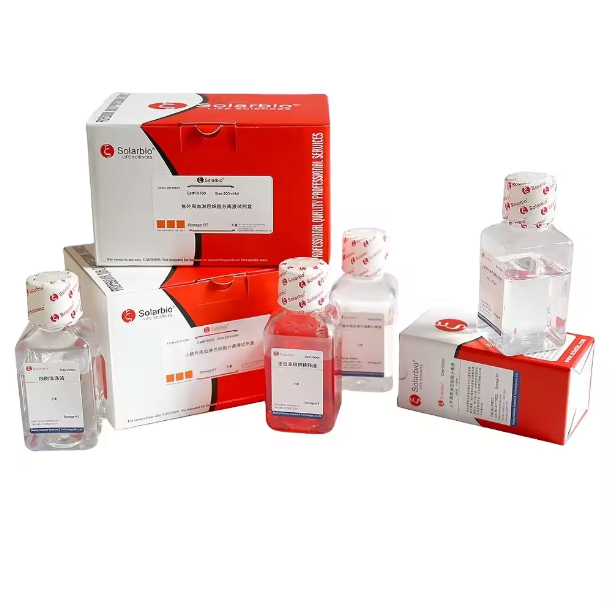
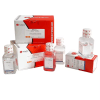
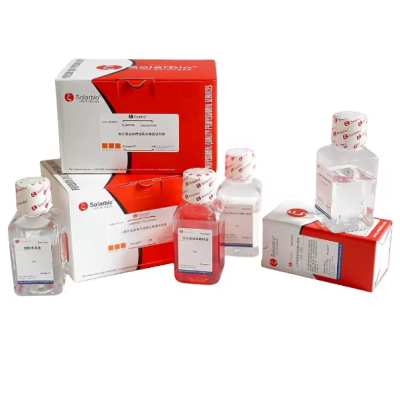
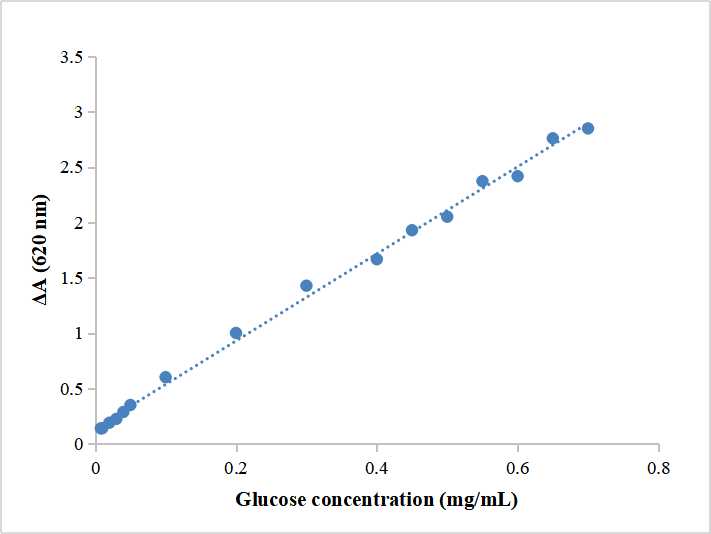
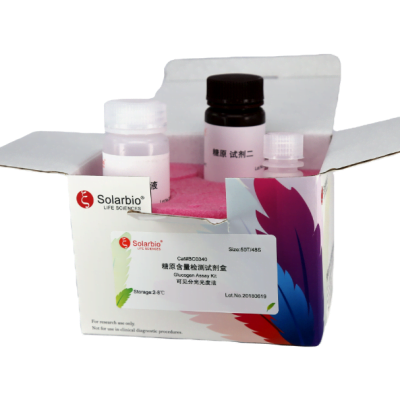
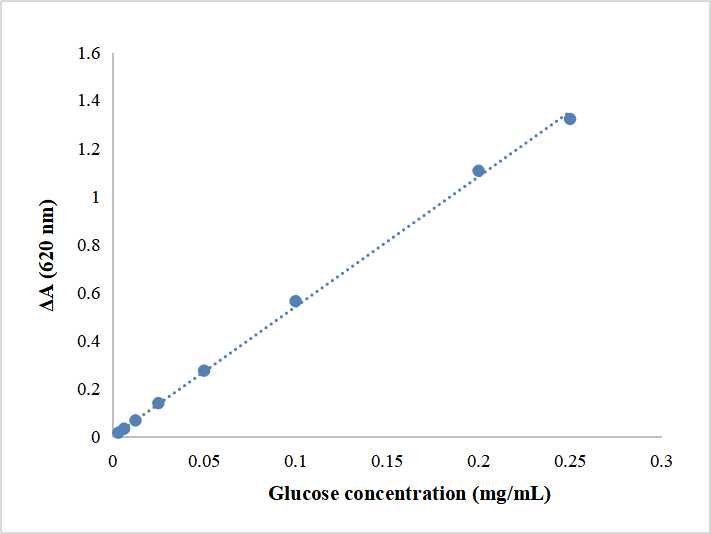
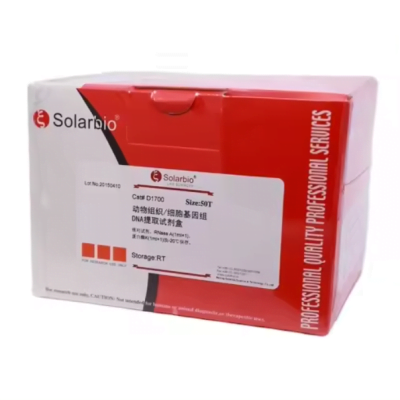
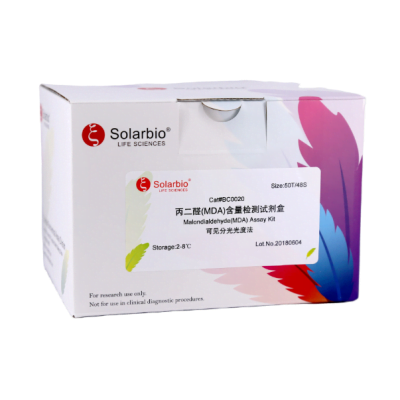
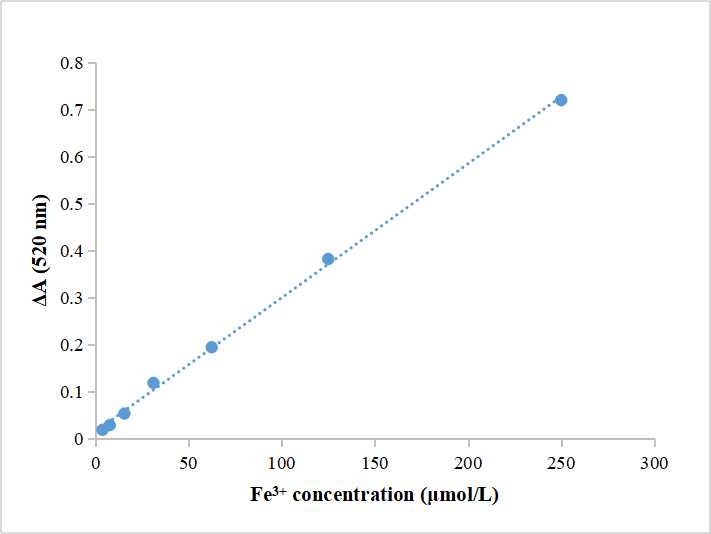
Recenzije
Još nema recenzija.